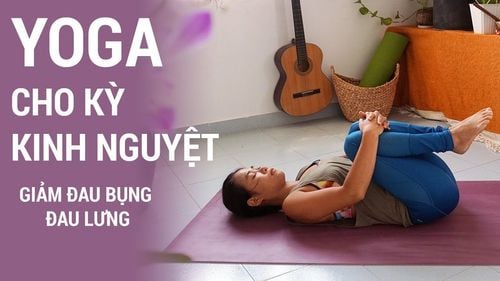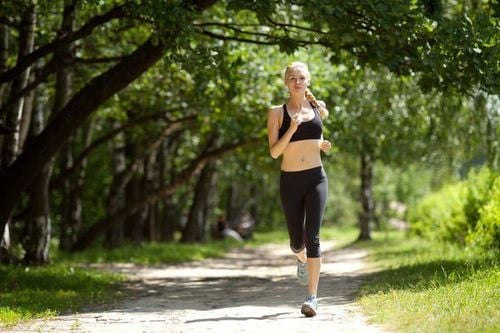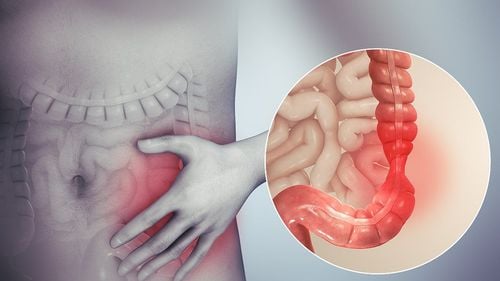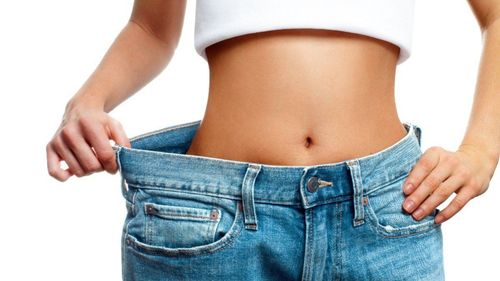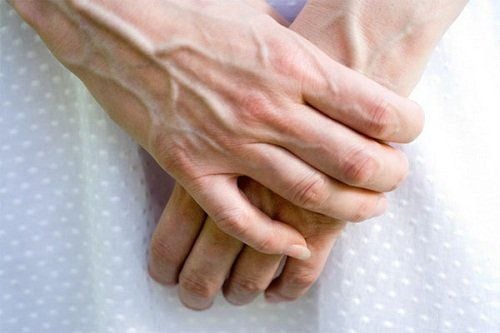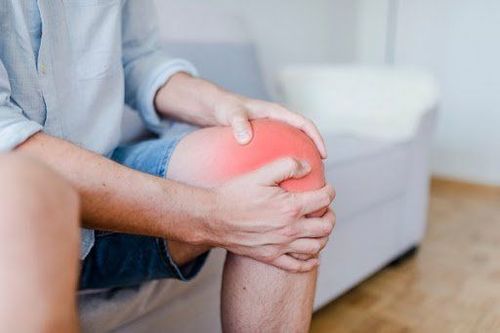This is an automatically translated article.
Exercise makes the muscles need more blood and oxygen. This makes your heart and lungs work harder, which over time can make these parts of your body stronger. As such, cardiovascular exercises help you lead a healthier life.
1. What are the benefits of exercise for the heart?
The heart can be considered the most important part of the body that helps you pump oxygen-rich blood to the organs. The heart is made up of heart muscle and will become stronger and healthier if you lead an active life.
Regular exercise brings the following health benefits:
Muscle gain; Enhance cardiopulmonary function; Enhance good sleep ; Reducing the risk of cardiovascular diseases, high blood pressure and diabetes ; Burn calories; Reduce "bad" LDL cholesterol ; Increase "good" HDL cholesterol ; The mechanism for this is that when you exercise, the muscles need more blood and oxygen than they do at rest. This makes your heart and lungs work harder, which over time can make these parts of your body stronger. As your heart and lungs get stronger, the flow of blood and oxygen in your body will also improve. As such, cardiovascular exercises help you lead a healthier life.
2. Cardiovascular exercises
There are many exercises for healthy heart, you can choose an exercise that you love and practice regularly to maintain heart health.
You can apply some of the following exercises:
2.1. Aerobic aerobics (cardio) With aerobic exercises, the muscles are moved at a fast speed and you breathe hard, the heart rate increases, thereby enhancing cardiovascular health. Aerobic exercises may also include:
Jumping rope: The advantage of jumping rope is that you can do it anywhere and at any time. Jumping rope 150 minutes/week is a good cardio exercise. Jogging/walking: These are exercise methods that help the heart work better. Swimming: This is not only a good cardio exercise, but also works the legs and abs. Cycling: There are many ways to do cardio exercises. Instead of riding a motorbike or car, you can ride a bicycle to promote heart health. 2.2. Cardiovascular stretching exercises To make the muscles more flexible, you should practice stretching exercises. This is an exercise that helps relax muscles at the end of each training session, helps increase blood circulation to the muscles, provides oxygen and nutrients to the muscles to recover, and reduces pain after each training session. The stretching process only needs to last about 10 minutes after the workout.

Bài tập kéo giãn cơ nằm trong số các bài tập tốt cho tim mạch
2.3. Cardiovascular endurance training You can do exercises using weights, exercise bands or practice yoga exercises with a frequency of 2-3 times per week to restore mid-muscle muscles. training sessions.
3. Guide some exercises for a healthy heart
For those of you who are just starting to practice, you should start with gentle movements first. Some good cardio exercises for beginners include:
3.1. Basic cardiovascular exercise High knees High knees exercise involves running in place, so you can do it anywhere with minimal space.
Stand with your feet hip-width apart and your hands comfortably relaxed at your sides. Raise one knee toward your chest, then lower your leg and repeat with the other knee. Continuing to alternate knees, lift arms up and down.
Remember to always keep your neck and back straight and always squeeze your abs when exercising. As for breathing, when lifting your thighs, you exhale and inhale when lowering your legs.
Exercise Butt kicks Butt kicks (heel touches butt) is the opposite of knee elevation. Instead of lifting your knees forward, you'll lift your heels back and try to touch your butt.
How to do the same, stand with feet hip-width apart and hands relaxed at your sides. Bring one heel toward your butt, then lower your foot and repeat with the other heel. Continue alternating and raise your arms according to the movement.
Crab walk Exercise Crab walk helps the cardiovascular system work more efficiently and strengthens the upper arms when exercising the back, core and legs.
First, sit on the floor, knees bent and feet flat on the floor. Place your hands on the floor, fingers facing forward, then lift your hips off the floor. “Walk” backwards using one arm and the other.

Những bài tập thể dục cho trái tim khỏe có thể áp dụng bài tập Crab walk
3.2. Advanced Cardio Exercise Once you're familiar with the basics, it's a good idea to add the following advanced cardio exercises:
Squat jumps Regular Squat jumps are an active movement. Weightlifting is aimed at the lower body. By adding a jump, you can turn it into an advanced cardio workout.
First, feet exactly shoulder-width apart, followed by bending your knees and lowering into a squat. Reach your arms back and quickly swing your arms forward, upwards, and jump forward. Land gently in a squatting position. Repeat the next move. In a narrow space, you can turn and jump back to the original position.
Standing alternating toe touches The Standing alternating toe touches exercise works your arms, core and legs for good cardiovascular exercise.
First, stand with your feet shoulder-width apart and raise your arms to the side. Withdraw the abdominal muscles (core muscles). Keeping the right leg straight, bend down and raise the left hand to touch the right toe, the right hand raised to the sky. Do the opposite with right hand touching left toe.
Plank jacks Exercise The plank jacks exercise requires your arm strength to support your body weight as you move your legs quickly.
Start in a plank position with your hands on the floor, elbows out, legs apart and body straight. Then, close your legs and perform a jump with your feet wider than shoulder-width apart and then return. Repeat the action.
4. How long should you do cardio exercise each day?
Try to spend at least 150 minutes a week exercising at a moderate intensity, i.e. about 30 minutes a day, at least 5 days a week. Then gradually increase the intensity of exercise to get the best effect for health.
Note when doing exercises for the heart, keep the speed low for a few minutes at the beginning and end of the workout. That way, you warm up and relax at the end of each workout.
If you notice slight muscle soreness for a day or two after a workout, that's normal when you're new to exercise. This will fade as your body gets used to the exercise. However, if you have pain or tightness in your chest or upper body, cold sweats, trouble breathing, fast or irregular heartbeat, or feel dizzy, light-headed, or very tired, contact us. doctors.
As such, doing cardio exercises is an important part of your long and healthy life. However, it can be quite difficult to maintain the exercises on a regular basis, so you can try different exercises to find your favorite exercise.
Please dial HOTLINE for more information or register for an appointment HERE. Download MyVinmec app to make appointments faster and to manage your bookings easily.
Reference sources: webmd.com, healthline.com



